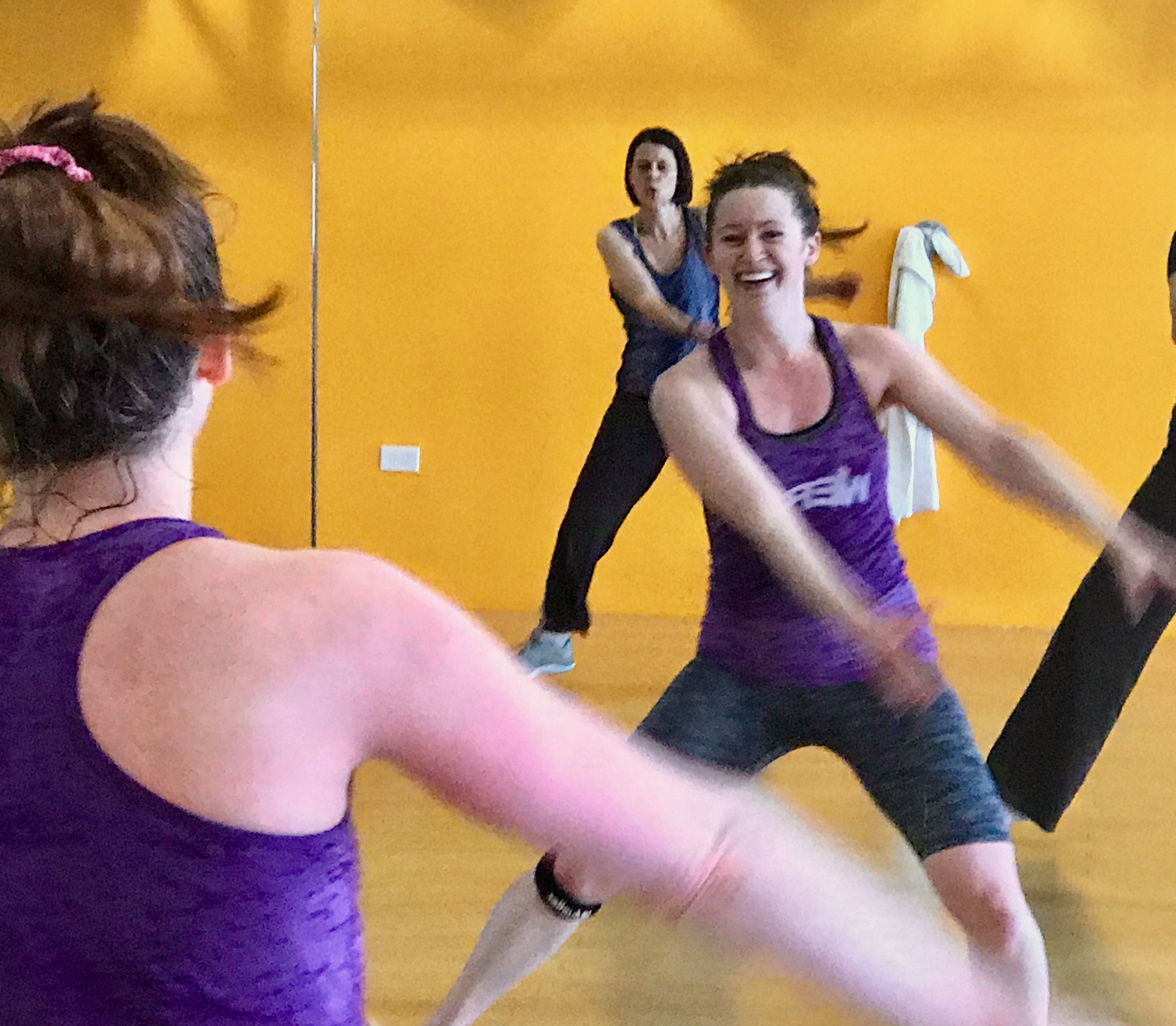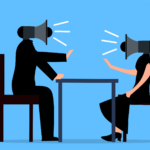“Smiling stimulates our brain’s reward mechanisms in a way that even chocolate, a well-regarded pleasure-inducer, cannot match.”
I often take a “WERQ” class (dance fitness) at my gym and I marvel at my incredibly uplifting and motivating instructor, Tracey Green. Tracey, an actress and part-time fitness instructor, works harder than everyone in the class put together AND she somehow maintains a beaming smile and exuberant energy even as the beads of sweat shine through. All the while, I’m just trying to keep up but her encouragement – without even saying a word – helps propel me forward.

After class recently, I asked Tracey how she does it and she shared the following:
“Over the years that I have been teaching, I have come to realize that the key to being a strong instructor is being an effective communicator. When it comes to teaching WERQ, I communicate to students predominantly through cuing, either physically or audibly. A student’s ability to follow depends on my ability to effectively indicate what movement is coming up next, which is why I always try to gesture as crisply as possible and hoot as loudly as possible in my cuing. I ask myself, ‘How can I, without words, motivate folks to challenge themselves, to work outside their comfort zones, and to find enjoyment in effort?’”
Tracey goes on to say, “This, in my opinion, is where the smile comes in. The gym is already a vulnerable environment for many people and for many reasons. And dance class in particular can be especially daunting for some. Self-consciousness inhibits movement and consequently limits its physical benefit. So, one of my biggest goals is to make people feel at ease when they are in class. And I have found that a smile can go a long way in that endeavor. When people feel comfortable, they are far more receptive to the idea of challenging themselves to work hard.”
As a speech coach and communication strategist, Tracey’s words ring true. When we are presenting in front of an audience, interviewing for a job, or having an important conversation with a customer, we know they will mirror the expression we wear on our faces. They will adopt the energy we bring into the room. It is leadership through expression.
Adrian Furham Ph.D., in an article titled, The Surprising Psychology of Smiling for
Psychology Today shares: “There is a lot of evidence of body language mirroring. We automatically copy the facial expressions of others. We reciprocate and in social groups it can be contagious. People respond to, and evaluate, those who smile differently and more positively than those who do not. Smiling helps bond people together.”
The world’s expert on smiling is Paul Ekman, who has studied all facial muscles and psychological motives to understand the nature of smiles. He produced this interesting list:
- The felt smile, which is long and intense and shows all sign of positive feeling associated with amusement, contentment, and pleasure from stimulation.
- The fear smile and contempt smiles, which are misnomers because neither has to do with positive emotions though both can have a “smiley mouth” and dimples.
- The dampened smile, which is a real smile where people attempt to suppress or conceal the ext

ent of their positive emotions.
- The miserable smile, a “grin and bear” it smile indicating stoicism about negative emotions.
- The flirtatious smile, which is partly embarrassed because the person gazes/faces away from the person of interest/contact.
- The Chaplin smile, a contorted supercilious smile that if effect smiles at smiling.
How would you describe Mona Lisa’s famous smile?
On average, children smile 400 times a day. Happy adults are said to smile 40-50 times a day, the rest may only smile 20 times a day. So, for many of us, there is opportunity for growth here! Here are a few suggestions on how to smile more and better –
- Conjure up a joyful or happy moment before a big presentation or important conversation.
- Hold a pencil in between your teeth as this stimulates the “smile” muscles.
- Practice with selfie-smiles and see if your smile looks genuine or fake.
- Embrace the smile and abandon the poker face – smiling is not a sign of weakness, it is a sign of confidence and an incredible influencing tool.
As Tracey reminded me, you can’t always control the attitudes of others in the room, but you CAN control your own. “If I display positivity, even when I’m, exhausted, I will start to truly feel it too.”






